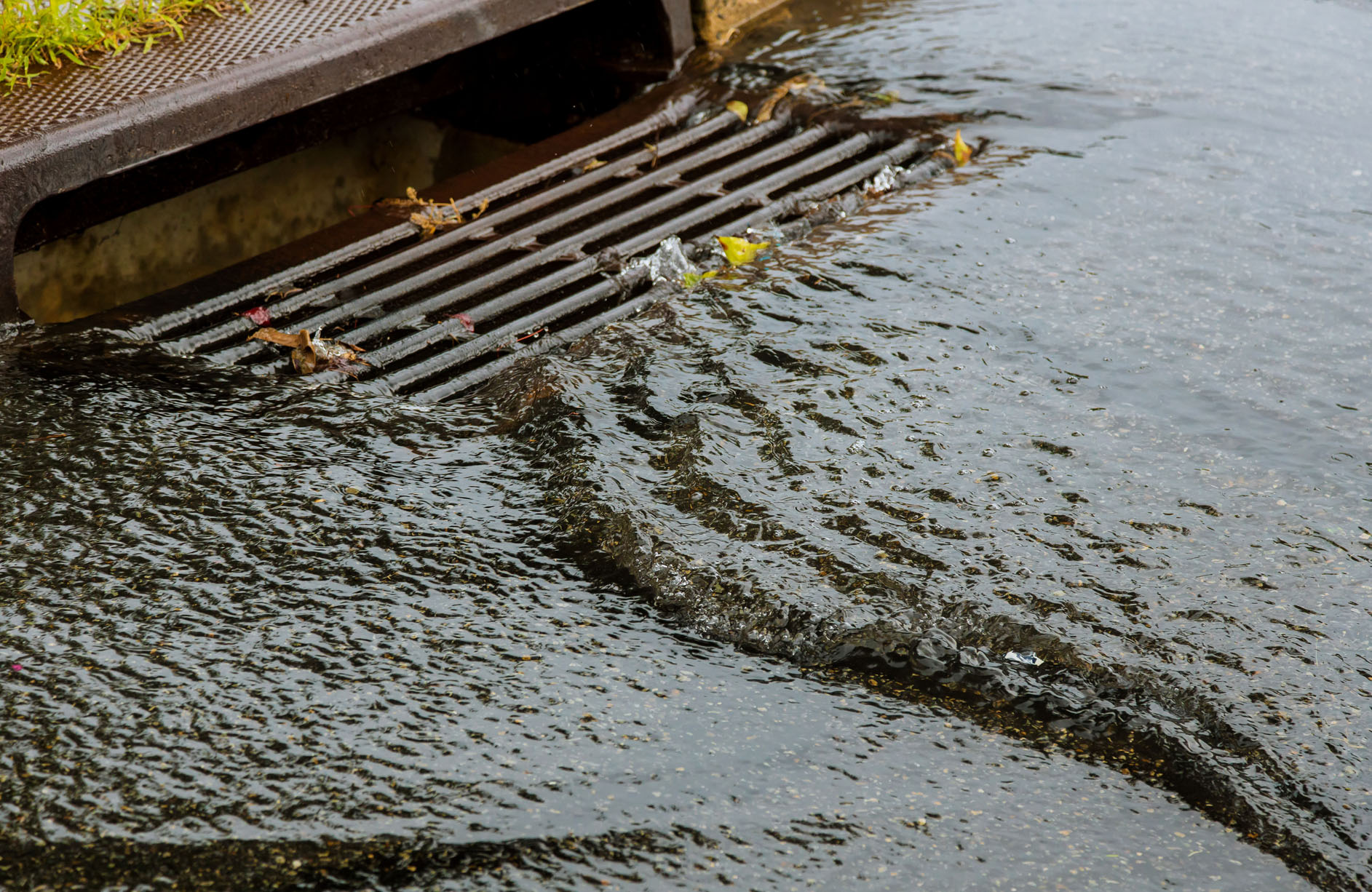
10 COMMITMENTS AS CLEAR AS MADRID'S WATER
As we want to speak to you clearly and offer you more solutions for your needs, we have taken another step in our relationship with you. We assume 10 commitments with which to continue providing you with a quality, fair and transparent service. 10 commitments as clear as the water of Madrid.
CANAL IN 60 SECONDS
The care of our rivers begins in thewaste water treatment plants and continues in our laboratory in Majadahonda, where we analyze the water that we return to the rivers. Julio Rodrigo explains what the analysis of treated waste water consists of and why it is so important for the environment.
COMMITED TO SUSTAINABILITY
In 2021, the year of our 170th anniversary, we promoted environmental care from all our activities. This year, we continue working to keep guaranteeing the water supply, contributing to the protection and improvement of the environment, the promotion of the circular economy and the sustainability of the region.
Canal de Isabel II will undertake 7 actions to updgrade the sanitation system in Chapinería
Back Canal de Isabel II will undertake 7 actions to updgrade the sanitation system in Chapinería
Canal de Isabel II will undertake 7 actions to updgrade the sanitation system in Chapinería
2021-01-28

The Board of Directors of the state-owned has approved the municipality’s signing of the adhesion agreement to participate in Plan Sanea
-
The works will involve replacing 1,900 metres of pipes and the budget is 1.2 million euros
-
Including Chapinería, there are now 19 municipalities that have signed up to the agreement and the investment in infrastructure has reached 199 million euros
The Board of Directors of the state-owned company has approved the municipality’s signing of the adhesion agreement to participate in Plan Sanea, which will make it possible to undertake improvement actions in the municipal sanitation system. It is one of 10 flagship plans set out in Canal de Isabel II’s business plan for the period 2018-2030, and it is within the framework of developing cooperation with the municipalities.
Approval of the agreement means the state-owned company will begin the administrative process to contract out the works. In total, seven upgrade actions will be undertaken over 1,900 metres of the sanitation system, which will involve an investment of approximately 1.2 million euros.
18 Madrid councils have already signed up to this plan: Sevilla la Nueva, Moraleja de Enmedio, Arganda del Rey, Griñón, Torrelodones, Tielmes, Fuenlabrada, Alpedrete, Perales de Tajuña, Valdemoro, Navalcarnero, Valdilecha, San Fernando de Henares, Soto del Real, El Escorial, Torres de la Alameda, Torrejón de Ardoz and Las Rozas de Madrid. They all have planned works worth a total of 198.8 million euros.
Canal de Isabel II manages about 15,000 kilometres of sanitation systems, but they are usually the responsibility of the municipalities; of the 111 shareholder municipalities, 93 of the systems are owned by municipalities and, in many cases, have deficiencies that can lead to problems with floods or spills.
The state-owned company has implemented master plans in 93 municipalities to discover the state of the sanitation systems, how they might be improved and to estimate the cost of these actions. Then, once submitted to the municipalities, it is they who decide what investments to make. Canal, besides carrying out these studies, facilitates the financing of the works, by predicting the investment that will be needed, and it bears the financial costs. According to these studies, the investment, which Canal de Isabel II would bring forward if it enjoyed the support of all the local councils, would exceed 1.500 billion euros.
MONITORING OF THE TELECONTROL SYSTEM
The Board has also approved the awarding of the contract for the supply, development, installation and integration of the unified management system for the assets that make up the operational technology in the state-owned company. The contract is worth 2,930,727.63 euros, exclusive of VAT, and is for a term of two years.
Since the 80s, Canal has supervised and controlled its infrastructure with a telecontrol system based on a set of strategically-located sensors that gather the most significant variables and which, through various systems of robots, collect the data in a central system.
Thus, the purpose of the contract is to monitor the condition of all the components of the telecontrol system: more than 30,000 sensors, 2,000 remote stations, industrial systems and communications. Canal will have a real-time monitoring system that will allow it to combine the information received from all its electronic telecontrol equipment, and so make it easier to maintain and maximise its availability.
Canal de Isabel II has had a telecontrol system for more than three decades, which has grown year after year, and is now one of the most complete and innovative in its sector, especially its Control Centre, located at Majadahonda. Thanks to its telecontrol facilities, Canal knows in real-time the hydraulic status of the supply and sanitation infrastructure, the state of the water quality, groundwater capture and other parameters.

10 COMMITMENTS AS CLEAR AS MADRID'S WATER
As we want to speak to you clearly and offer you more solutions for your needs, we have taken another step in our relationship with you. We assume 10 commitments with which to continue providing you with a quality, fair and transparent service. 10 commitments as clear as the water of Madrid.
CANAL IN 60 SECONDS
The care of our rivers begins in thewaste water treatment plants and continues in our laboratory in Majadahonda, where we analyze the water that we return to the rivers. Julio Rodrigo explains what the analysis of treated waste water consists of and why it is so important for the environment.
COMMITED TO SUSTAINABILITY
In 2021, the year of our 170th anniversary, we promoted environmental care from all our activities. This year, we continue working to keep guaranteeing the water supply, contributing to the protection and improvement of the environment, the promotion of the circular economy and the sustainability of the region.
